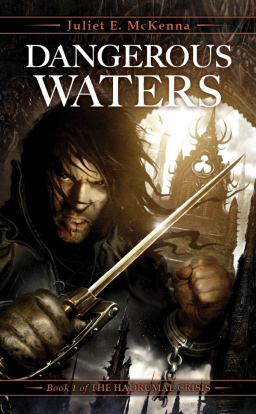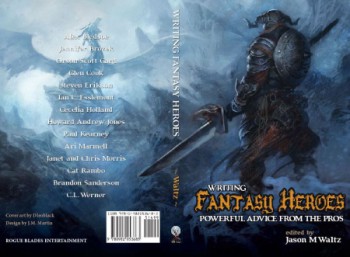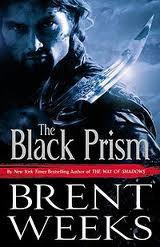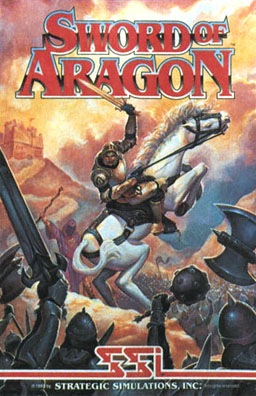Vintage Treasures: The People of the Black Circle by Robert E. Howard
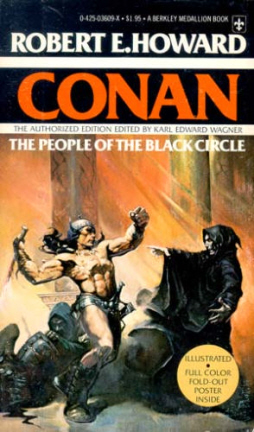 I may have more books by Robert E. Howard in my collection than any other writer.
I may have more books by Robert E. Howard in my collection than any other writer.
I’m not certain, as I haven’t counted, and if you allow anthologies then he’ll be beaten out handily by folks like Isaac Asimov and Martin H. Greenberg. But the venerable Mr. Howard occupies more than two shelves in my library, which is astounding for someone who died at the age of thirty.
I came to Howard early. The first story I read by REH was “Pigeons from Hell,” which Charles Saunders mentioned in a speech he gave to the Ottawa Science Fiction Society in 1981, the year his groundbreaking Imaro was released. “Horror doesn’t usually scare me,” he told us. “‘Pigeons From Hell’ scared me.”
I think the second REH tale I read was the Solomon Kane tale “Skulls in the Stars,” which I enjoyed even more. (I wrote about the two Bantam Solomon Kane collections, Skulls in the Stars and The Hills of the Dead, last year.)
But I wasn’t a Conan fan. Most of it was prejudice — in those days, all those novels with barbarians on the cover were considered the lowest form of fantasy, and I generally snubbed them. Oddly, I don’t think I even associated Conan with Robert E. Howard.
I surreptitiously tried a Conan book in my early teens, a collection of tales mostly by L. Sprague de Camp and Lin Carter, if I remember correctly. Didn’t impress me. That was all I needed to confirm that I was better than this stuff and return to reading books of quality, like Perry Rhodan and Alfred Hitchcock and the Three Investigators.
All that began to change with The People of the Black Circle, a Christmas gift from my brother Michael.
 Brian Aldiss
Brian Aldiss 
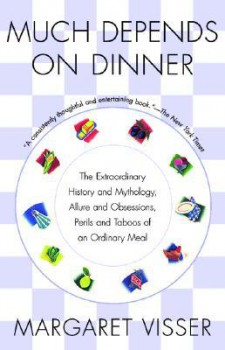
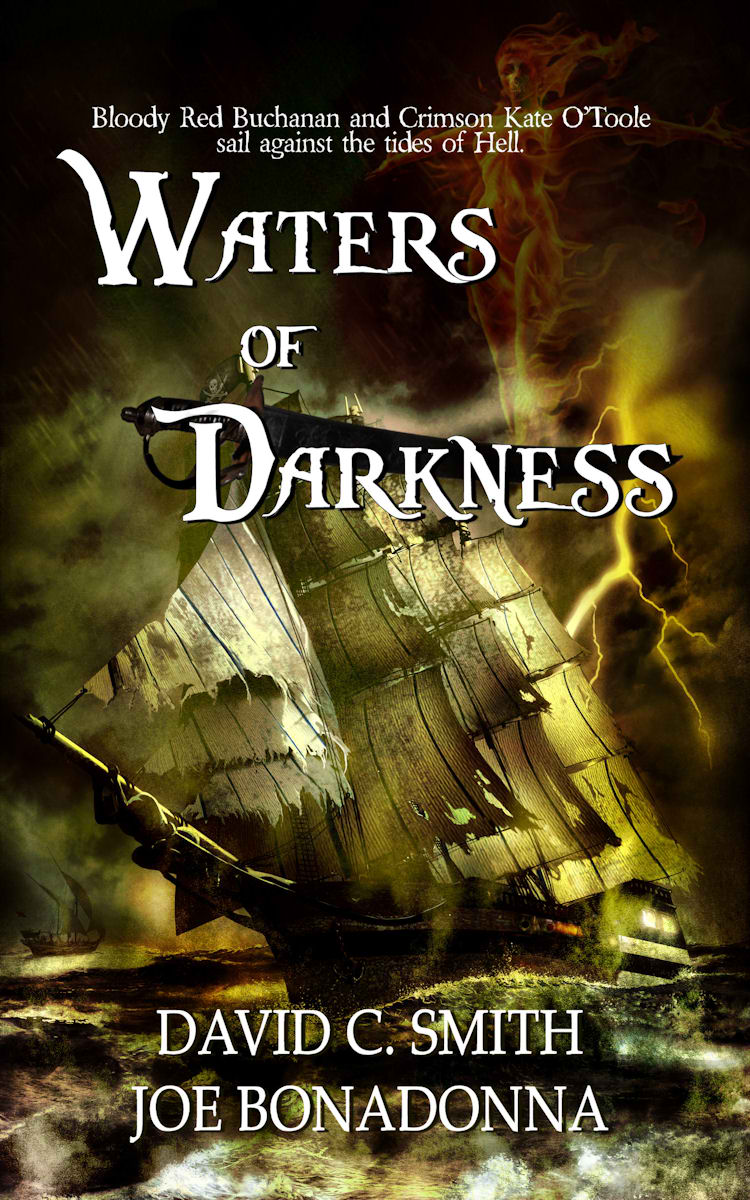
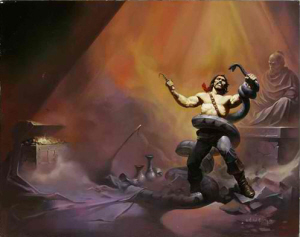
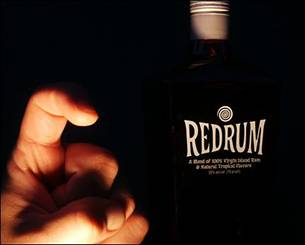 As you may (or may not) have noticed, there was no
As you may (or may not) have noticed, there was no 